Maximizing Space in Houseboat Kitchens: Campaign 2 Designs for Small Spaces
The Houseboat Campaign 2 focuses on transforming compact houseboat kitchens into functional and styl…….
In an era where sustainability and innovative housing solutions are at the forefront of global discussions, “Houseboat Campaign 2” emerges as a groundbreaking initiative. This article delves into the intricacies of this campaign, exploring its impact on various aspects of society, from environmental stewardship to economic opportunities. By examining its definition, global reach, technological innovations, policy frameworks, and real-world applications, we uncover the multifaceted nature of this movement and its potential to reshape urban landscapes.
Houseboat Campaign 2 (HC2) is a global effort aimed at promoting sustainable living through the implementation of houseboats as viable housing solutions. This campaign builds upon the success of its predecessor, which focused primarily on coastal communities. HC2 expands the concept to include inland waters, rivers, and even man-made lakes, targeting urban areas with water bodies as key resources for affordable and eco-friendly housing.
The core components of HC2 revolve around:
Sustainable Design: Houseboats are designed with environmental considerations in mind, incorporating renewable energy sources, efficient waste management systems, and materials that minimize the carbon footprint during construction and operation.
Affordability: The campaign aims to make houseboating accessible to a broader demographic by offering affordable housing options for low- to middle-income families, addressing the growing need for affordable housing in urban areas.
Community Building: HC2 encourages the development of vibrant communities around water bodies, fostering social connections and creating unique cultural spaces within urban settings.
Historically, houseboating has been associated with leisure and recreational activities. However, HC2 shifts this perception by positioning houseboats as functional housing units, contributing to urban planning and providing alternative solutions to housing crises. This campaign draws inspiration from successful examples worldwide, adapting best practices to diverse geographical and cultural contexts.
The influence of Houseboat Campaign 2 extends across continents, with each region adopting and customizing the concept to suit its unique needs and challenges.
North America: In cities like Seattle and Toronto, HC2 has gained traction as a sustainable alternative for urban dwellers. The use of electric and solar-powered houseboats reduces emissions and provides affordable housing options near water bodies.
Europe: Amsterdam, with its vast network of canals, serves as a prime example. The city embraces HC2 by retrofitting existing boats and designing new models tailored to urban living, addressing both housing shortages and environmental concerns.
Asia: In countries like Vietnam and India, houseboats are utilized along rivers and backwaters, offering affordable housing and transportation. HC2 promotes the development of eco-friendly floating communities, leveraging local craftsmanship and traditional boat-building techniques.
Africa: With a focus on freshwater lakes, HC2 has the potential to transform urban areas in East Africa. The campaign addresses housing shortages while promoting sustainable practices, such as recycling and waste management systems adapted for water-based environments.
Regional trends reveal a growing interest in:
Modular Design: Pre-fabricated houseboats allow for faster construction and cost savings, making them attractive options for rapid urbanization.
Community Engagement: Many projects involve local communities in the design and planning process, ensuring cultural sensitivity and community ownership.
Smart Technologies: Integration of IoT (Internet of Things) devices and smart home systems enhances comfort, security, and energy efficiency on board.
The houseboat market is experiencing a surge in demand, driven by:
Urbanization: Rapid urban growth creates a constant need for affordable housing solutions, making HC2 an appealing option for developers and governments.
Environmental Awareness: Increasing public awareness of environmental issues leads to a preference for sustainable living options, boosting the appeal of houseboats as eco-friendly housing.
Lifestyle Choices: Some individuals opt for houseboating as a unique lifestyle choice, contributing to a diverse market segment.
HC2 presents attractive investment opportunities:
Real Estate Developers: Building and selling or leasing houseboats is a lucrative venture, especially in urban areas with water bodies.
Government Initiatives: Local governments can partner with private sector entities to implement HC2, leveraging public-private partnerships for infrastructure development and social housing projects.
Crowdfunding and Community Investment: Some projects utilize crowdfunding platforms, allowing individual investors to contribute to the construction of houseboats, fostering community engagement.
The economic benefits of HC2 are multifaceted:
Job Creation: Construction, maintenance, and management of houseboat communities stimulate local economies, creating employment opportunities in various sectors.
Tourism Boost: Unique water-based communities attract tourists, contributing to the hospitality industry and local businesses.
Real Estate Revitalization: HC2 can revitalize underutilized waterfront areas, increasing property values and stimulating urban regeneration.
Technological innovations play a pivotal role in making houseboats more functional, comfortable, and sustainable:
Renewable Energy Systems: Solar panels, wind turbines, and hybrid power systems provide clean energy sources, reducing the carbon footprint of houseboats.
Smart Home Automation: IoT devices enable remote control of lighting, temperature, security systems, and appliances, enhancing convenience and energy efficiency.
Water Management Systems: Advanced waste water treatment plants, greywater recycling, and efficient shower/toilet systems ensure sustainable water usage.
Navigation and Safety Technologies: GPS, sonar, and collision avoidance systems improve navigation safety, especially in congested urban waters.
Implementing HC2 requires a supportive policy environment:
Zoning Regulations: Local governments must amend zoning laws to accommodate houseboat communities, specifying areas suitable for such developments.
Building Codes: Houseboats should adhere to building codes ensuring structural integrity, fire safety, and accessibility standards.
Environmental Permits: Obtain permits for sustainable practices like waste management, water treatment, and renewable energy installation.
Community Engagement: Involve local communities in decision-making processes to address concerns and ensure social cohesion.
Amsterdam’s canal district serves as a prime example of successful HC2 implementation. The city has retrofitted traditional houseboats with modern amenities, offering affordable floating homes while preserving the area’s historic character. This project promotes sustainable living, reduces overcrowding, and attracts tourists, contributing to the city’s vibrant culture.
In Seattle, the Lake Union community features a collection of electric and solar-powered houseboats. These modern dwellings offer breathtaking views while minimizing environmental impact. The project addresses housing affordability and provides a unique lifestyle option for residents.
India’s bustling city of Mumbai has transformed its backwaters into vibrant floating communities, offering affordable housing and transportation. Local artisans construct traditional-style houseboats with modern conveniences, catering to low-income families and creating sustainable urban spaces.
Despite its potential, HC2 faces several challenges:
Regulatory Hurdles: Navigating complex legal frameworks and obtaining permits can be time-consuming and costly, deterring some developers and residents.
Community Acceptance: Gaining acceptance from existing waterfront communities may require extensive community engagement and addressing concerns related to noise, traffic, and environmental impact.
Sustainability Concerns: While HC2 promotes sustainability, ensuring proper waste management, water quality, and energy efficiency requires careful planning and monitoring.
Accessibility and Affordability: Making houseboats accessible to diverse income groups may require government subsidies or innovative financing models.
Houseboat Campaign 2 represents a promising approach to addressing urban housing challenges while embracing sustainable living. By leveraging technology, policy reforms, and community engagement, this initiative has the potential to reshape urban landscapes globally. As cities continue to grow, HC2 offers a unique solution that combines affordability, environmental stewardship, and cultural innovation. With ongoing support from governments, developers, and communities, houseboats could become an integral part of the urban fabric, providing sustainable homes for generations to come.
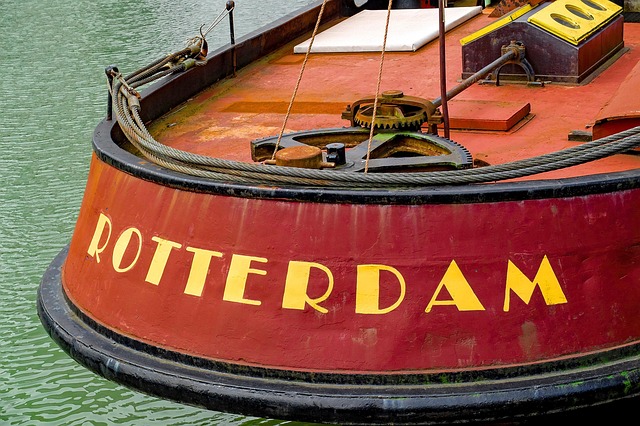
The Houseboat Campaign 2 focuses on transforming compact houseboat kitchens into functional and styl…….

The Houseboat Campaign 2 presents innovative kitchen designs tailored to compact spaces, featuring c…….
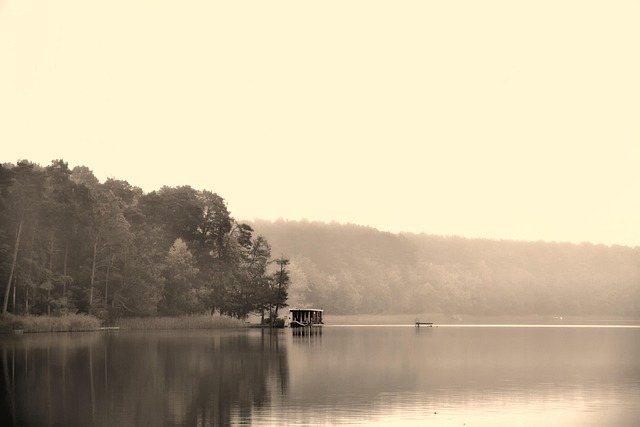
Designing a kitchen for Houseboat Campaign 2 requires selecting water-resistant and easy-to-clean ma…….
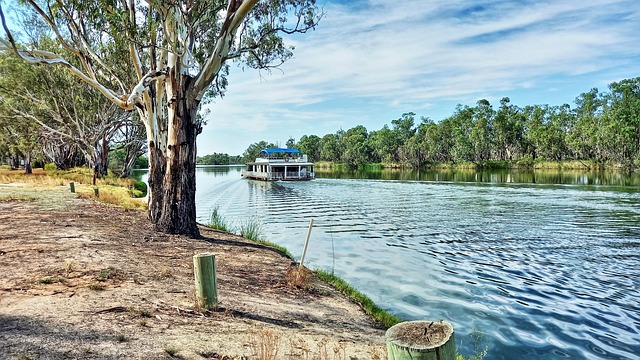
Designing a kitchen for Houseboat Campaign 2 involves balancing compact spaces, weight limitations,…….
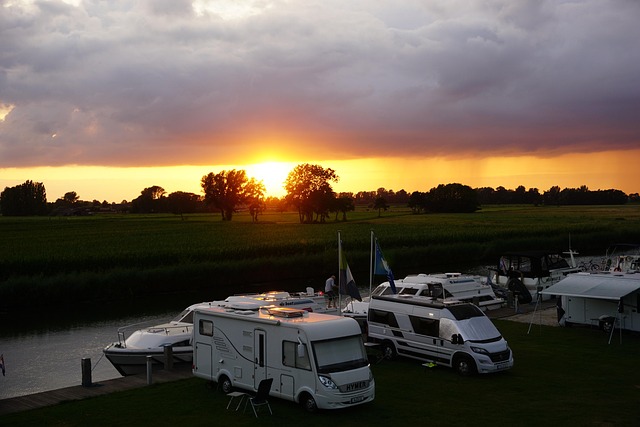
For the Houseboat Campaign 2, prioritize water-resistant flooring like luxury vinyl or ceramic tiles…….
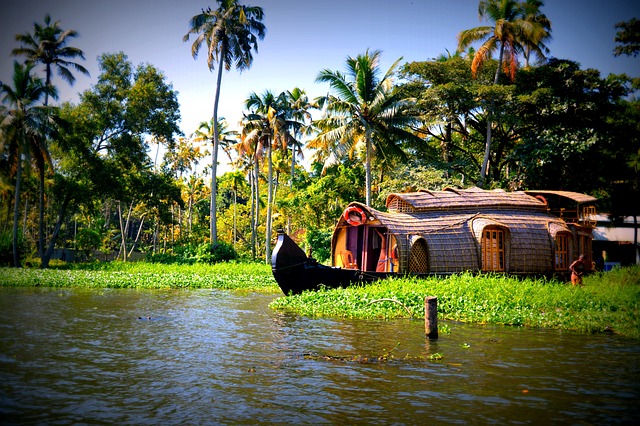
The Houseboat Campaign 2 emphasizes maximizing space and functionality in kitchen design for aquatic…….
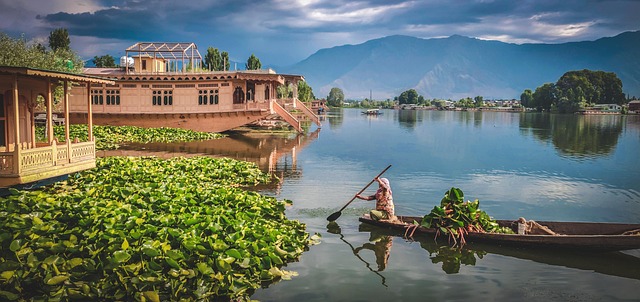
Houseboat Campaign 2 Optimizes Kitchen Space and Ergonomics:This initiative focuses on creative solu…….
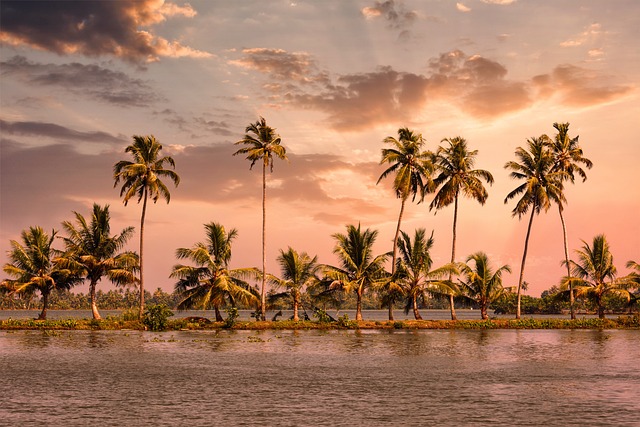
Designing a kitchen for Houseboat Campaign 2 requires optimizing space with multifunctional furnitur…….
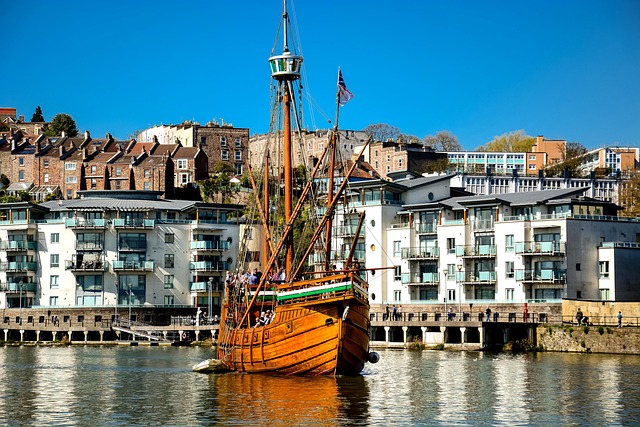
Optimizing space is key in designing a kitchen for a houseboat, as highlighted by the Houseboat Camp…….

Houseboat Campaign 2 offers smart design solutions for efficient houseboat kitchens in limited space…….